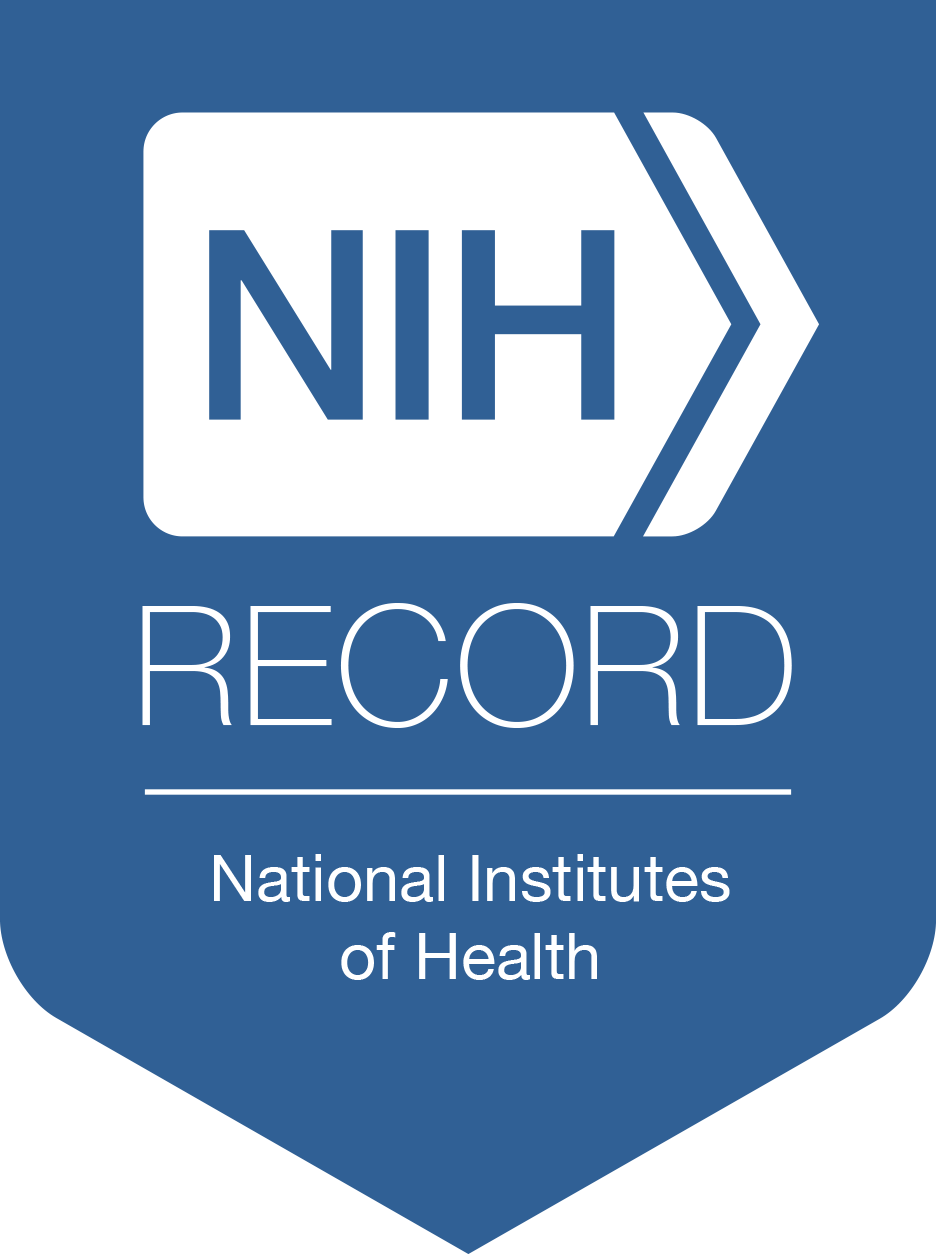Genes Express Differently in Male and Female Placentas

Photo: Orawan Pattarawimonchai/Shutterstock
The genes of male and female placentas have marked differences in how they are expressed, according to a recent study.
These differences involve the presence or absence of tags on DNA known as methyl groups, which switch genes on or off without changing their structure. Understanding these DNA methylation patterns may inform future research on the higher risk for pregnancy complications and later life health impacts.
The study identified 2,497 previously unreported DNA sites that had different methylation patterns for males and females. Of these and more than 2,500 sites that had also been identified by previous studies, 66.9% of large increases in methylation occurred in DNA from male placentas and 33.1% from female placentas. Increases in methylation in male placentas was linked with greater neonatal size whereas those in females was linked with greater placental size.
Some increases in methylation found in male placentas were located near the CCDC6 gene. Lower activation of CCDC6 has been linked with preterm birth in previous studies.
Higher methylation near the FNDC5 gene was associated with lower expression of the gene in male placentas but not in female placentas. FNDC5 is involved with the manufacture of irisin, which protects the placenta from damage. Lower irisin levels have been associated with the pregnancy-related high blood pressure disorder preeclampsia.
Variations in the genes ATP5MG and FAM83A, expressed in female placentas, have been associated with asthma, hay fever, eczema (dry, itchy, inflamed skin) and higher risk for breast cancer later in life.
Genetic factors influence the health differences between males and females, from before birth to later in life. Dysfunction of the placenta underlies many pregnancy complications and is thought to set the stage for male and female health differences that occur later in life. Variations in methylation patterns are thought to underlie many of these differences.
